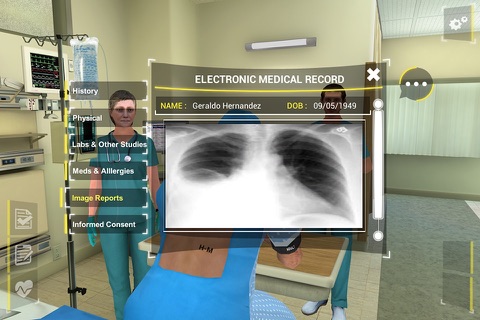
Time-Out is an interactive mobile simulation that guides you on the Best Practice to prevent wrong-site invasive procedures, required by The Joint Commission Universal and VHA Policy.
Wrong-site procedures have potentially disastrous consequences for patients, staff and healthcare organizations. Patients suffer preventable harm, staff may be censured and emotionally traumatized, and healthcare organizations experience a loss of reputation and the public’s trust.
The Universal Protocol includes the pre-procedure verification of the patient identification and procedure to be performed; confirmation of proper informed consent; marking of the site; and performance of a time-out.
Time-outs are critical to ensuring correct procedures:
- All team members are expected to halt other tasks and participate.
- The time-out occurs just prior to initiating the procedure and after the patient is prepped and draped.
- A checklist guides the discussion.
- Patient identification, procedure and site are confirmed, proper informed consent is verified, the site mark is visualized within the sterile field, and medical images are reviewed.
- The facilitation of an effective time out requires leadership, teamwork and communication skills.
This simulation lets you use and practice the above methodology to master an effective Time-out protocol. It uses the situation of a Thoracentesis procedure to guide you.
For more information, please write to us at [email protected].
Disclaimer:
The content in “Time-Out” is clinically-oriented and is intended to be used only by those who are 1) physicians and other competent healthcare professionals who will rely on their own discretion and judgment in medical diagnosis, clinical decisions and treatment, and 2) researchers who will not use the information for medical diagnosis.
“Time-Out” is an educational activity. It does not include every information gathering, treatment or communication option that may occur in a healthcare environment. “Time-Out” is provided on an "as is" basis, including errors and omissions that have not yet been identified. Patient management decisions should be made by competent health care professionals using their own judgment and experience and when necessary definitive sources of information.



